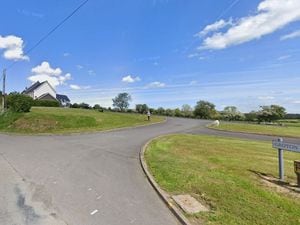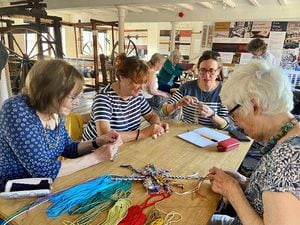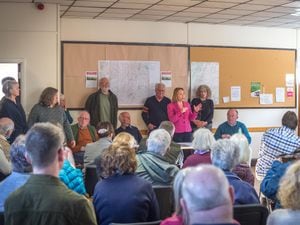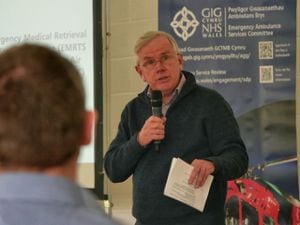Historic viaduct set for £25m restoration project
Barmouth Viaduct is to undergo a £25 million upgrade to protect it for future generations.
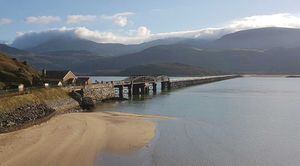
Repairs to the grade II-listed long structure will include replacing timber and metal and the entire length of the track spanning the River Mawddach.
The improvement programme will take more than three years to complete with four phases of planned closure of the 19th century viaduct. It is more than half a mile long.
The first closure is due this autumn, when the restoration of the bridge’s timber elements begins.
Preparation work will begin in June and Network Rail said it has adapted the scheme to ensure work can be done safely in line with Government guidance.
Network Rail’s Wales and Borders route director Bill Kelly said: “Barmouth Viaduct is one of the most celebrated and recognisable structures in Wales and is the only major timber-built bridge still in use.
“We are investing £25m to give Barmouth Viaduct the biggest upgrade in its history, protecting our industrial heritage and ensuring this vital transport link can continue to serve local people and visitors, when the time comes, for generations to come.
“We have been working closely with Cadw, Gwynedd County Council and other stakeholders over several years to develop our plans. I want to reassure the local community that we have adapted these plans to make sure we are following Government guidelines during the Covid-19 pandemic.”
Located on the Cambrian Coast line, between Pwllheli and Machynlleth, in Gwynedd County Council and Snowdonia National Park, it was built in 1864.
The only major timber-built bridge still in use, it was built with a draw bridge on the northern end, but this was replaced with a steel swing bridge in 1900.
Secretary of State for Wales Simon Hart said: “The Barmouth Viaduct is an iconic part of Wales’ railway heritage and I am pleased that it is benefitting from a portion of the £2 billion UK Government investment in the Wales and Borders network to preserve and upgrade it.
Significant
"The upgrades by Network Rail will secure the important link between Machynlleth and Pwllheli and protect a popular part of the Wales coastal route.
“Together with the £8.5bn investment in Great Western Rail’s Intercity Express trains and electrification between London Paddington and south Wales, and upgrades to North Wales railway lines, the UK Government is delivering improvements in rail infrastructure and improving journeys for passengers in every part of Wales.”
North Wales economy minister Ken Skates said: “I have seen for myself how important the viaduct is to the community so this is welcome investment. As well as being an important transport link it is historically significant infrastructure, and I look forward to seeing these plans taken forward.”
Transport for Wales chief executive James Price said: “I’m delighted that Network Rail are making this major investment in safeguarding the future of this iconic structure and the Cambrian Coast Line.
"This investment sits alongside our own investment in transforming services throughout the Wales and Borders network, including brand new trains and extra services for the Cambrian Coast Line in the years to come.
“We’re working collaboratively to ensure minimal disruption for our passengers while work takes place.
"As our services will be affected, it’s important for anyone travelling on the Cambrian Line to check before you travel, in case of any changes to our timetables. You can do this on the TfW Rail website www.tfwrail.wales or the TfW app.”
Dwyfor Meirionnydd MP Liz Saville Roberts said: “I am pleased Network Rail has set-out a firm timetable to restore this iconic structure, the only major timber railway bridge that is still in use today.
“This substantial investment will safeguard Barmouth Viaduct for future generations, strengthening ties among communities along the Cambrian coast and serving as a vital tourism link.
“None of this would have been possible without effective cooperation between partner agencies and local stakeholders. I look forward to seeing how the work progresses.”

